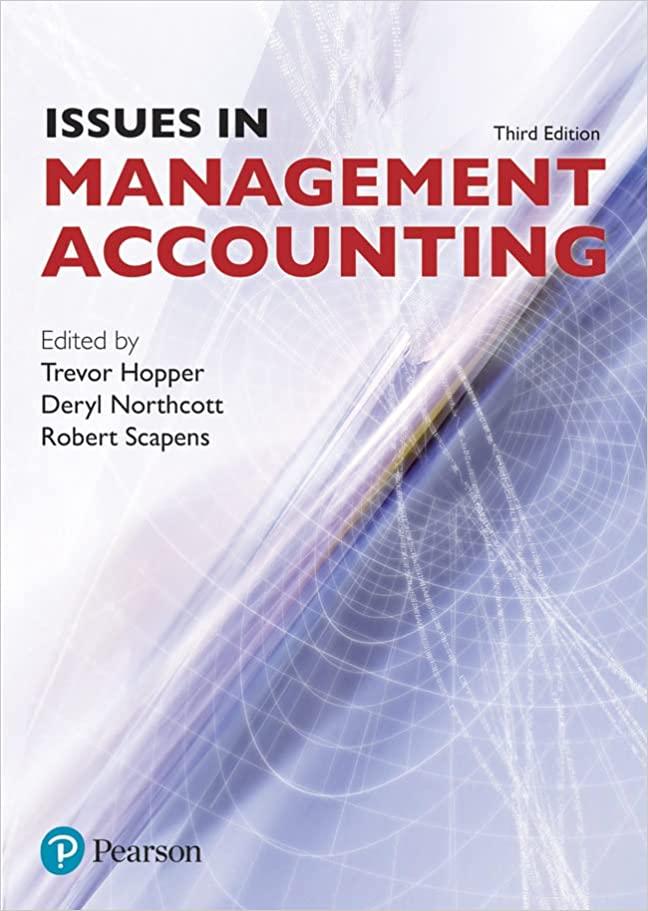The reasons for adding foreign investments to a client's portfolio should be all of the following except Select one: a. To reduce the portfolio risk by spreading investments to more than one country. b. To have a portfolio that include the biggest global companies. c. To increase the overall risk adjusted return. d. To get potential better returns from currency gains. Differences in a client's financial knowledge tend to result in differences in the client's: Select one: a. Satisfaction with the planner's services b. Risk tolerance C. Investment time horizon d. Understanding of risk A "Core-and-satellite" investing style is designed to: Select one: a. Maximize returns while maximizing trading expenses in order to minimize taxes b. Buy solid companies in the core and more risky companies as satellites C. Maximize returns while minimizing trading expense although this has the effect of creating tax liability d. Maximize returns while minimizing trading expenses and taxes As shown in the table below, Sophia Brown had $100,000 in investments at the beginning of the year. His portfolio had 55% in stocks, 30% in bonds, and 15% in cash. If her returns over the past 12 months were 12% on stocks, 3% on bonds, and 2% on cash, what actions should she taket rebalance the portfolio back to his original weights of 55% in stocks, 30% in bonds, and 15% in cash? Beginning Asset Weight Amount Return (in %) Stocks 55% 55000 12% Bonds 3096 30000 3% Cash 15% 15000 2% Total 100000 a. Sell $1,310 of stocks, buy 940 of bonds and buy 370 of cash b. Sell $4,310 of stocks, buy 2,440 of bonds and buy 1,870 of cash c. Sell $2,310 of stocks, buy 1,440 of bonds and buy 870 of cash d. Sell $3,310 of stocks, buy 1,940 of bonds and buy 1,370 of cash Financial benchmarks should: Select one: a. Match the type of security and level of risk of the investment b. Always be indexes C. Always have low risk d. Be developed primarily for minimizing taxes Jensen's Alpha measures: Select one: a. Absolute amount of risk adjusted return relative to a benchmark b. Return of the asset or portfolio relative to an index C. Relative under-or over-performance of a portfolio compared to a benchmark d. Return of the market relative to a benchmark A client's investment profile is based on all of the following except Select one: a. Time horizon b. Investment knowledge c. Risk tolerance d. Home blas The second factor influencing investment planning decisions is Select one: a. Managing the client's goals for investments b. Developing realistic assumptions C. Matching the portfolio to the client's goals d. Managing the client's expectations Which of the following is an example of an exterior asset allocation factor? Select one: a. The expected performance of a home currency against foreign currencies. b. The client's investment goals. c. The time horizon of the client. d. Only investments outside the home country, Which of the following factors should be included in an investment plan? 1. Client's risk tolerance 2. Client's expectations about future market conditions 3. Knowledge and experience of client 4. Client age 5. Time horizon 6. Financial capacity to withstand risk Select one: a. All but number 4 b. All of the above should be considered D.C. None of the above should be considered d. All but number 3 The Sharpe ratios is a risk adjusted measure of portfolio performance above: Select one: a. The standard deviation of the portfolio b. The return on a diversified portfolio C. The financial benchmark selected d. The risk free rate Interior asset allocation factors are: Select one: a. Current and perspective economic environment within the United States b. The personal preferences of the client C. Current and perspective economic environment within the US and globally d. Based on careful assessment of security financial factors Risk capacity measures: Select one: a. How well the client allows the planner to sleep at night b. How well the client sleeps at night C. The client's monthly cash flow d. The amount of financial cushion a client has in case any losses from the investments



















